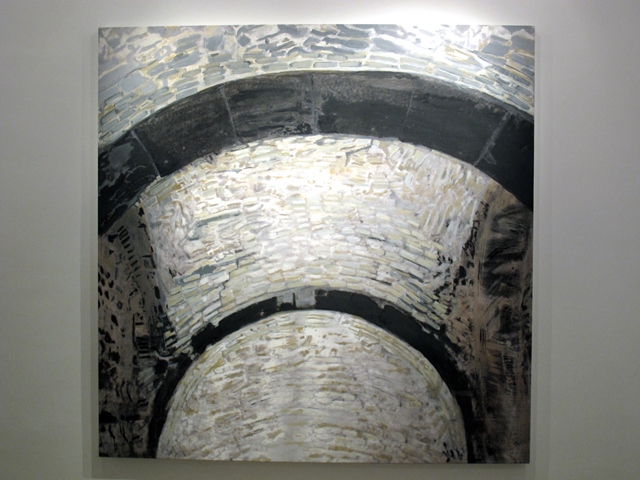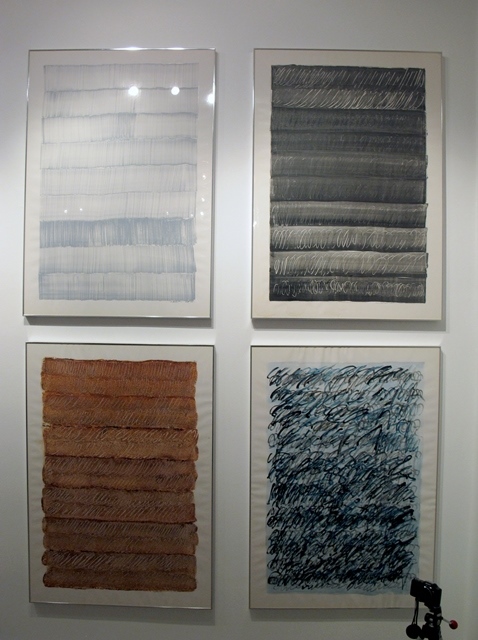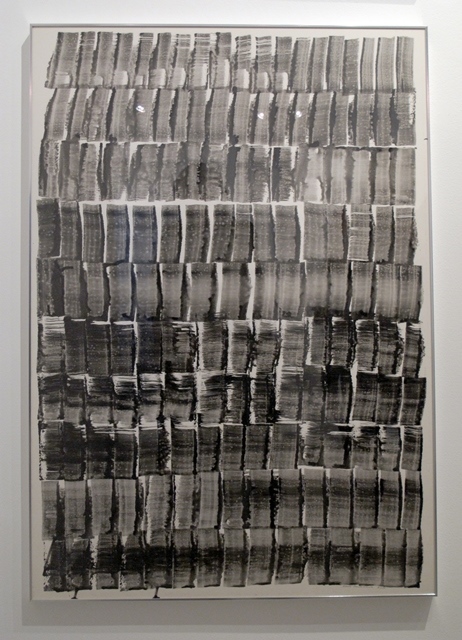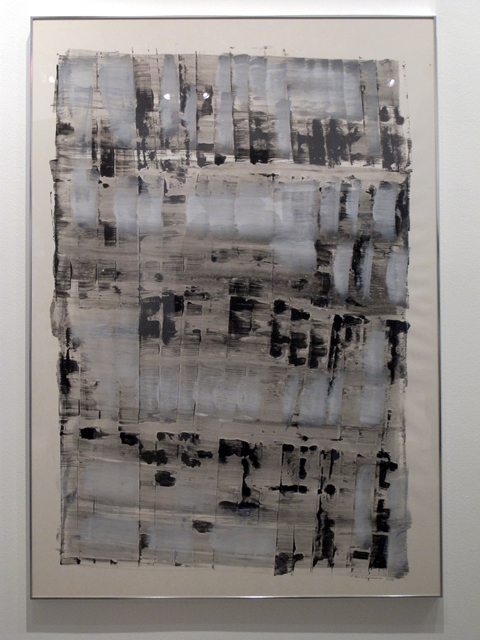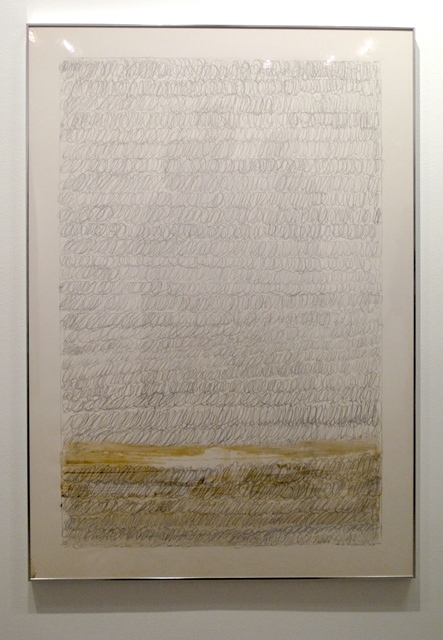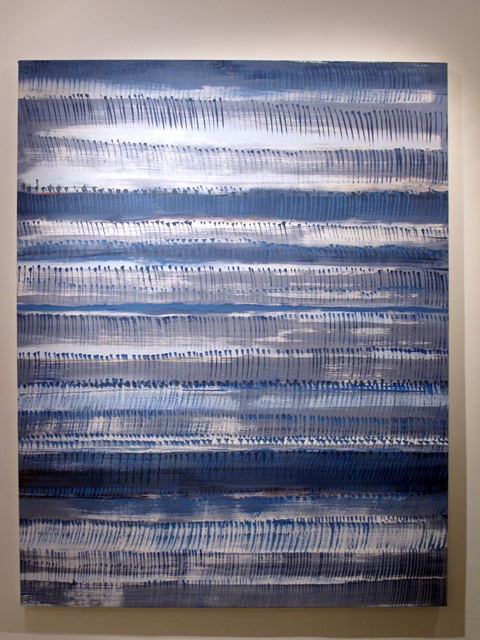A Review on Sonia Balassanian Exhibition Homa art gallery
The Regular, Repeating Music of Human’s Fate in the Middle-east
Avam mag Website by Javid Ramezani
Translated by Narges Marandi

“It is said that Armenians have been living in Iran since Darius of the Achaemenid Empire. Though they were only landowners who would have come to Iran in order to fulfil their duties for the Shah of Iran. Later, during Shapur II of the Sasanian Empire, hundred thousands of Armenians were forced to migrate to Iran. It happened again at the time of Seljuq attacks during Mongols reign. The last imposed migration was during Shah Abbas of the Safavid. Such immigrations were voluntarily and by force at times. Though the Armenian culture is undoubtedly inseparable from Persian culture.”[۱]
On an autumn atmosphere, we attended Sonia Balassanian’s solo exhibition in Homa gallery. The artworks are almost of her recent works. 16 oil paintings in 145*189cm and 126*126cm and/or acrylic on canvas, also acrylic on photographic paper in 70*100cm.
“Sonia Amirian Balassanian was born in 1942. She was born in Azna, a village close to Arak city. She was obliged to study in the field of literature, poetry and prose and tribal texts. She attended high school in Tehran and began her work in theatre and literature. She was a member of Arman theatre leading by Shahin Sarkisian accompanied by Arbi Avanesian.
Balassanian moved to the United States of America in 1965 and started studying in visual arts. She then achieved painting scholarship and finally graduated in 1970.”[۲]
During her university studies, she got involved in anti-war movements and social and students’ protests and was quite an active member. In representing her surroundings, she picked up abstraction.
Line, architecture and eastern abstraction are features of her works, leading to repeated “moving” rhythms, lines and forms. During 80s and 90s, as the artist stated, like Iranians, she attempted to easternize the importing art and she succeed.
She has experienced working in different media such as collage, installation, sculpture, video, installation, performance and etc. She claims that applying such media was not based on common movements or just mimicking ideas but rather a need for representing and confronting with social media and evolutions around her. Her social-political works often emerges in the form of installation.
In 70s, she travels back to Iran and began teaching in College of Decorative Arts. (presently known as Tehran University of Art) Her first work was registered in 1975 based on the dominance or rhythm on other visual qualities that continued till today. The concept might be the result of her engagement in literature; being an Armenian poet at the same time. Multiculturalism adds the need for image since it is an international language. Her poems were taken into account by a serious critic which could be a confirmation for the surrender of visual arts to literature. To the author’s point of view, her forms are mostly positive rather than selective. What we see are discarded forms and unreadable lines presenting the drawing essence. In other words, these works prove lack of the high communicative quality of the artist with the cultures she carries within herself. Such hardship is represented in her works.
Dariush Shayegan once mentioned the Forty-Piece Identity as an important national local phenomenon. Yet Balassanian’s art represent her tribal life experience in Iranian structure. She has recorded herself as one of our significant contemporary and modern artists. An artist who has the three important capacities; she is an immigrant woman with many different languages to express herself. Balassanian has never considered art as a goal; she rarely stopped or waited during her progress to consider the media and the stage. Her name is accompanied by many other fine, famous Iranian-Armenian artists such as Marco Gerigorian, Sirak Melkonian, Edman Aivazian, Zadik Zadikian and many other who has had an influential part in forming Iran’s contemporary Art.
[۱] Robert Safarian, Tandis Magazine, No. 70, In Between the Two Migrations
[۲] The Alteration of a Geographic Location, About the Life and Experiences of Sonia Balassanian, Shenakht-Nameh [Recognition of], Arman Khal’atbari


